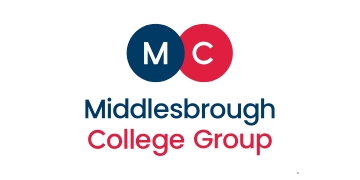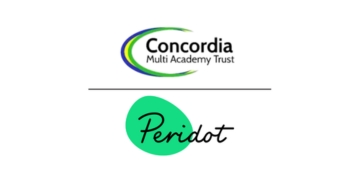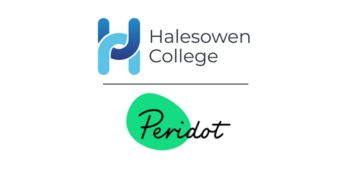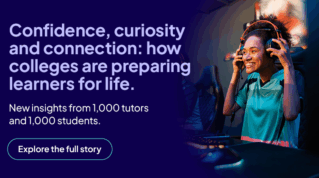Since its launch in November, there has been a lot of interest in ChatGPT from educators with a lot of focus on how it could be used by students. What gets less attention and could be more transformative is how teachers could use the artificial intelligence (AI) tool and others like it to save time and reduce their workload.
If you’ve been on the moon for the past few months, ChatGPT is a research tool powered by AI. It generates text in response to questions and prompts that you provide it. On using it for the first time, the most surprising aspect is the speed at which it gathers and creates its responses. You simply enter your request including any specific parameters and within a few seconds, it starts generating a written response.
Thinking about the tasks that take up most of a teacher’s time away from classroom delivery, I identified the following areas to try with ChatGPT:
- Planning a module
- Creating a presentation for a lesson
- Creating multi-choice quizzes
- Writing student feedback
I started with planning and asked it to create a 6-week plan to teach a specific unit. The sequencing of the topics to be covered was logical; it started with the basics before moving onto more advanced techniques. It identified three areas per week to be covered and suggested accompanying practical activities.
It would need further refining to add specific activities and how the learning was to be assessed, but the time saved was already substantial. I was particularly interested in the note that appeared at the end: “This is just a suggestion that can be adapted to meet the specific needs and levels of the students.”
It was a similar story when I asked it to create a presentation. The content was logically sequenced and split across the number of slides I suggested. The content would have benefited from being presented over a larger number of slides so as not to overload each one, but all I needed to do there was change the parameters to hone the result.
There are ethical considerations but the potential is tremendous
Where I found it most successful was in the creation of multiple-choice quizzes. I always struggle when it comes to generating multiple answers without making it as easy as a breakfast TV giveaway. The questions were appropriate for the topic and the suggested answers were appropriately challenging.
I am not sure how much time would be saved on the assessment feedback task, as you have to read students’ submissions and identify what grade they achieved before bringing ChatGPT on board. But the text it generated identified what the student had done well, areas for development and constantly referenced the specification. It still needed to be personalised, and of course there are ethical considerations to using AI-generated feedback, but the potential is tremendous.
In sum, teachers should approach the use of AI-powered tools as a starting point, an initial draft they can refine to meet their specific needs. Do not expect it to generate finished artifacts that are ready to be published. The tool won’t replace teachers, but as an addition to the teacher toolkit it works well.
If I were new to delivering a particular unit or new to teaching, I would find it incredibly useful to have that initial draft with its suggested sequencing and chunking to refine rather than a blank slate to fill and potentially worry about. We know workload is as much about perception of the quality of time we invest as it is about the number of hours we put in. On both fronts, AI tools have great potential for teachers.
Others see this potential, and a market is steadily growing to offer time-saving services to teachers. A number of sites are already launching which provide additional scaffolding using prompts to assist teachers in creating a range of different content including handouts, quizzes, presentations and schemes of learning.
The quality of AI-generated output will only getting better as it evolves. As teachers learn how to provide the correct prompts to get the most appropriate output, the burden of workload will be transformed.















Your thoughts